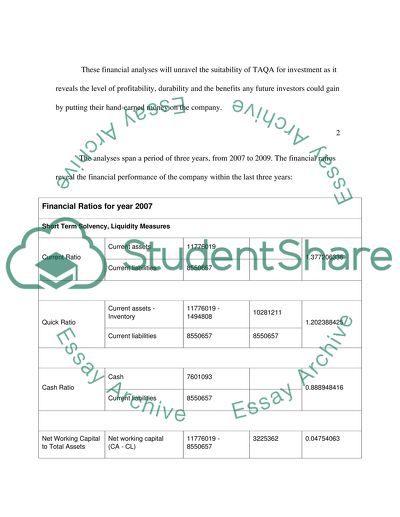Cite this document
(Investigating the Suitability of TAQA for Investment Case Study, n.d.)
Investigating the Suitability of TAQA for Investment Case Study. Retrieved from https://studentshare.org/finance-accounting/1565918-financial-managment-project
Investigating the Suitability of TAQA for Investment Case Study. Retrieved from https://studentshare.org/finance-accounting/1565918-financial-managment-project
(Investigating the Suitability of TAQA for Investment Case Study)
Investigating the Suitability of TAQA for Investment Case Study. https://studentshare.org/finance-accounting/1565918-financial-managment-project.
Investigating the Suitability of TAQA for Investment Case Study. https://studentshare.org/finance-accounting/1565918-financial-managment-project.
“Investigating the Suitability of TAQA for Investment Case Study”, n.d. https://studentshare.org/finance-accounting/1565918-financial-managment-project.


